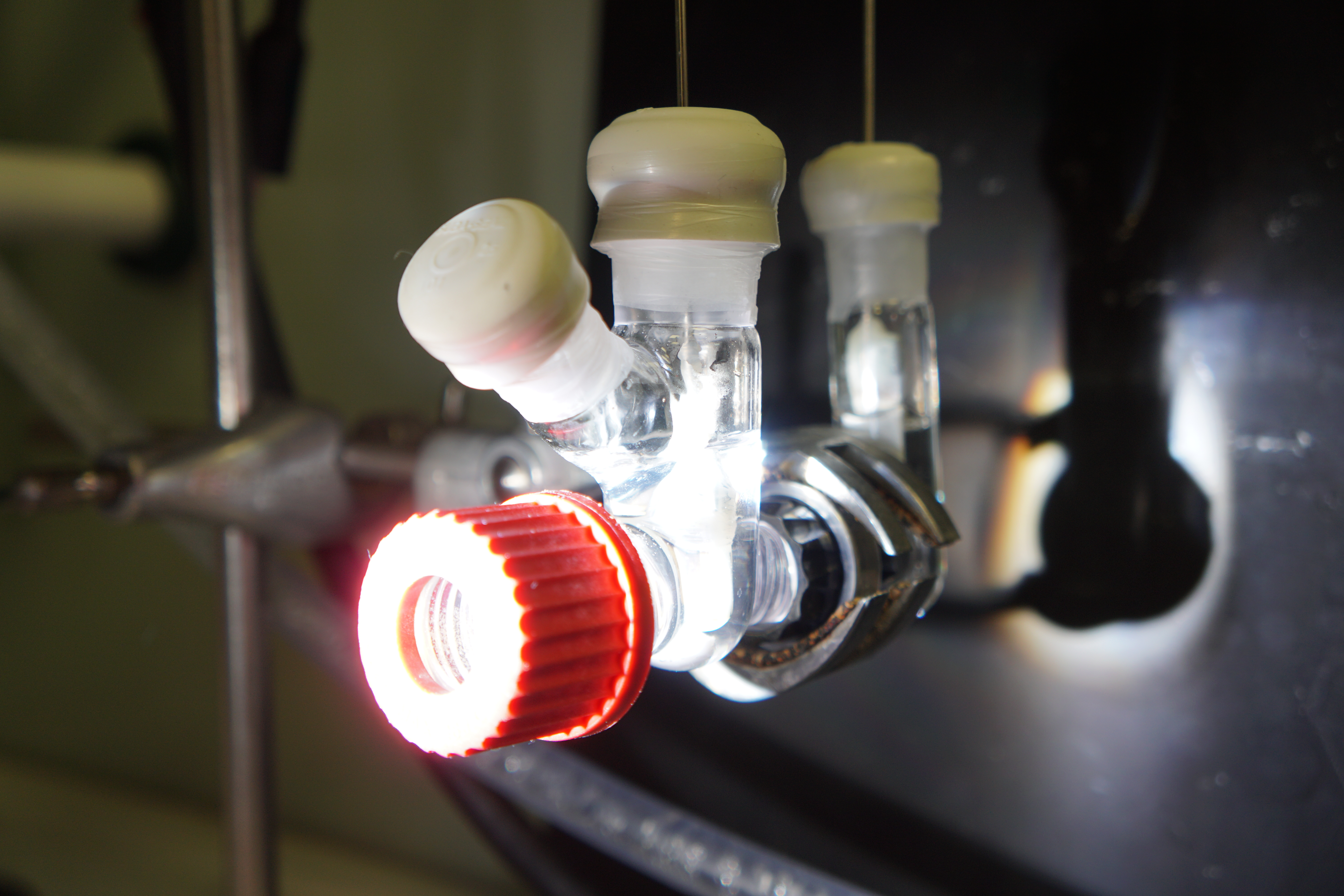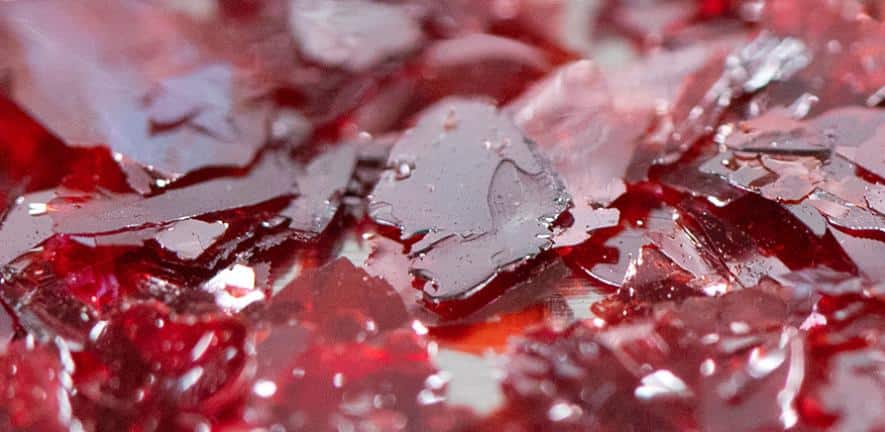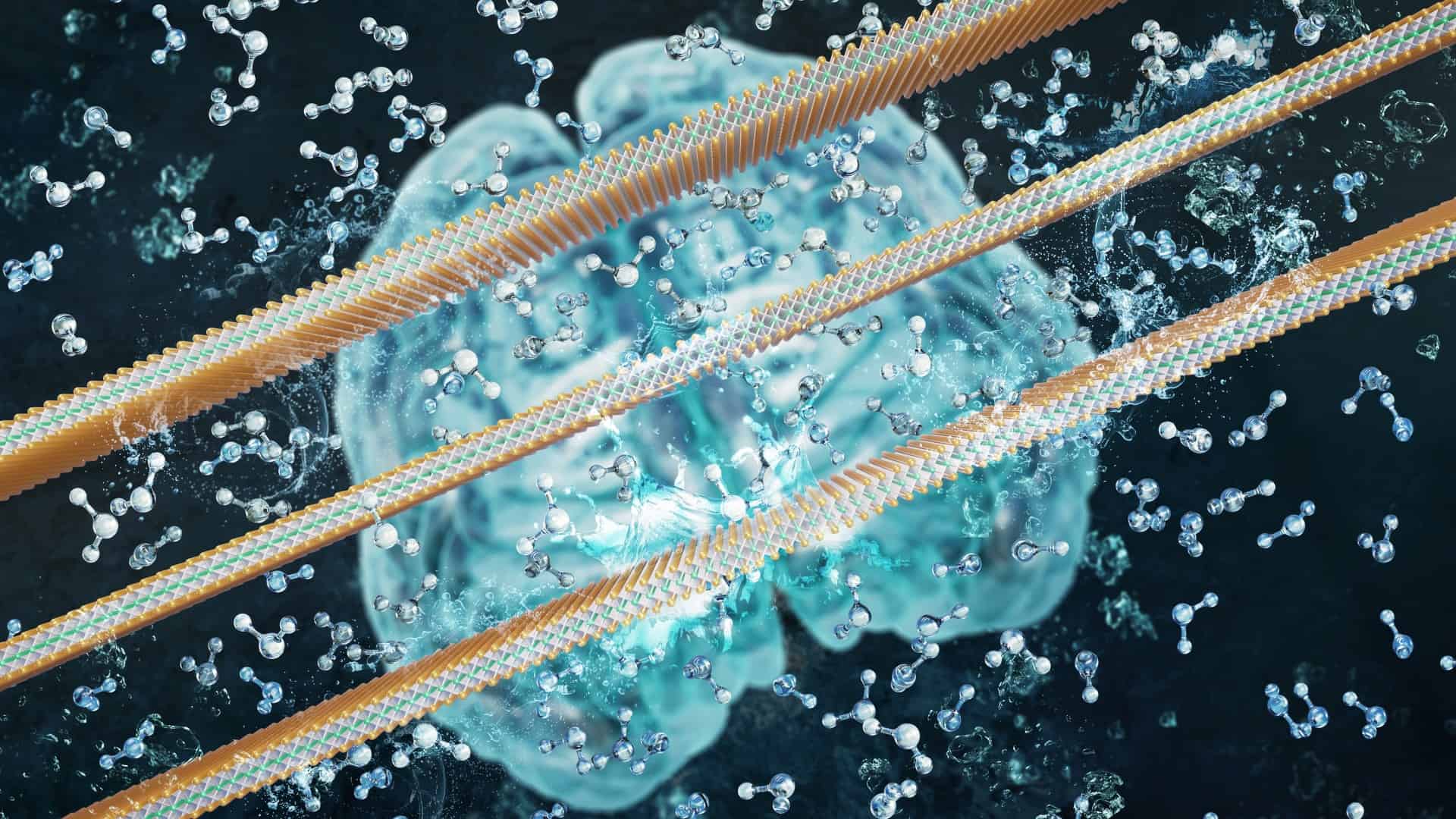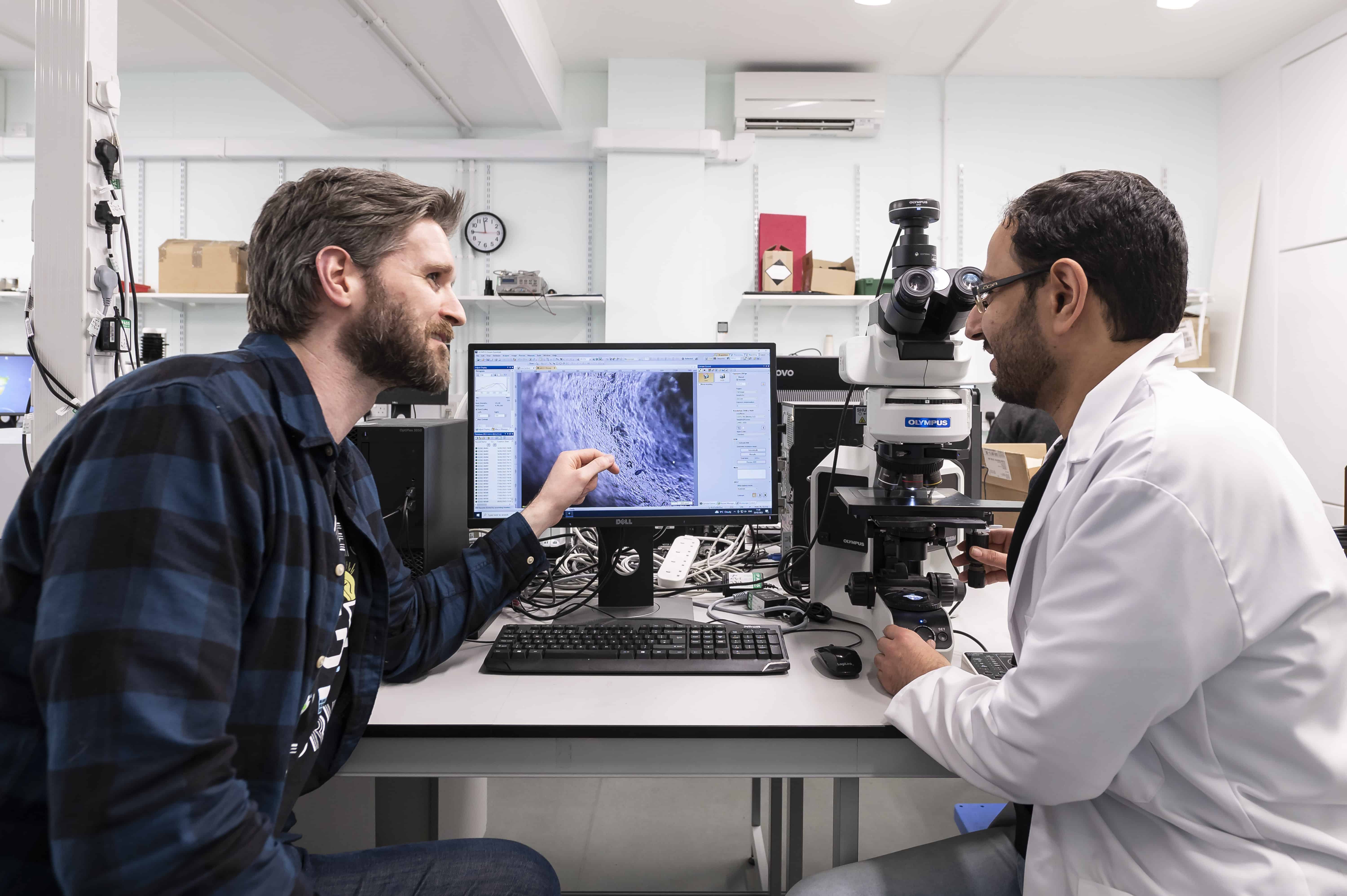
Over the years, scientists and engineers have developed sensors for many different purposes. If you want to monitor someone’s vitals, there’s a sensor for that. If you’d like to track someone’s athletic performance, there’s a sensor for that. Medical applications? There are loads of sensors in the field. You get the gist. Nevertheless, those sensors, especially the ones available on the mainstream market, come with some issues. They may not always be precise, they’re expensive to produce and they’re often made with non-sustainable materials.
However, researchers at University of Sussex have now developed small, yet highly effective, health sensors using natural elements such as water, seaweed and rock salt, all combined with tiny layers of graphene. Their composition makes them fully biodegradable and, as the researchers told Innovation Origins, even enables them to outperform their plastic-based counterparts. Moreover, given the large availability of the materials it features, it is also extremely cheap.
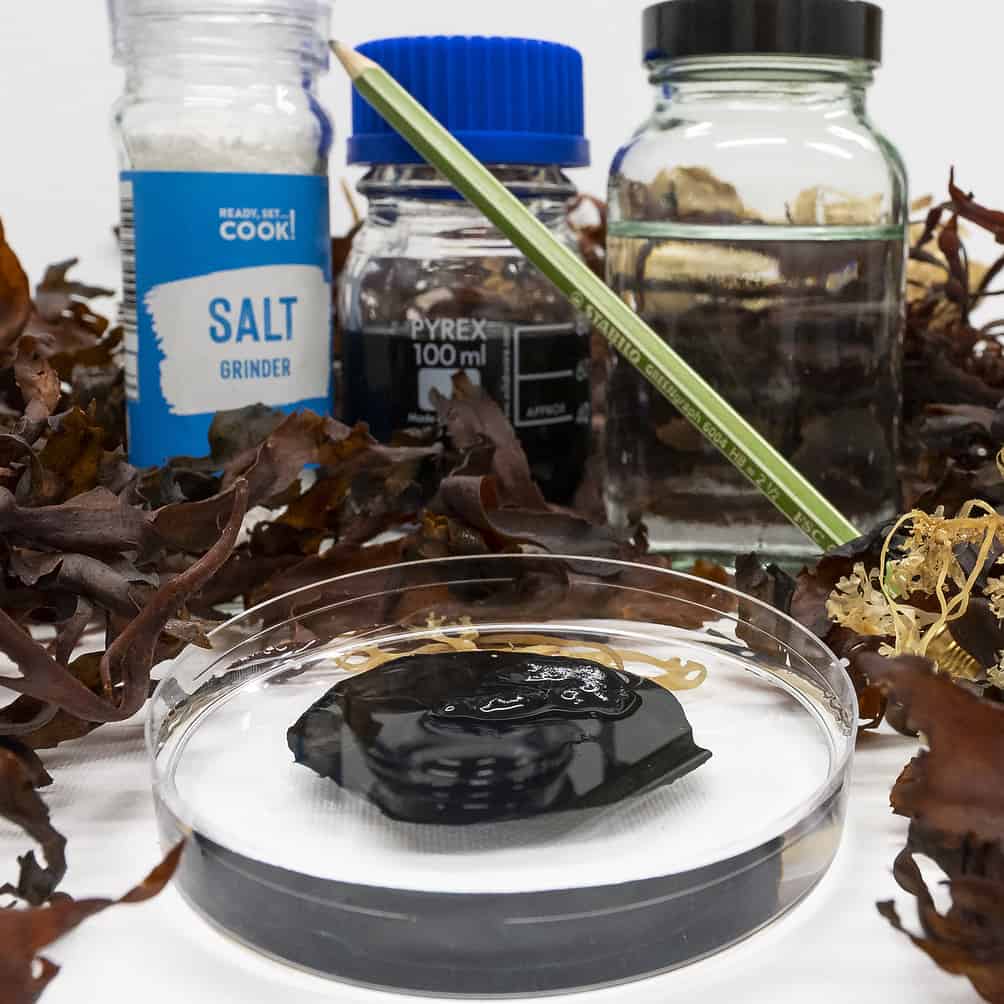
© University of Sussex
“Simple work”
Dr. Conor Boland, a materials physics lecturer in the School of Mathematical and Physical Sciences at Sussex, is the one who came up with this piece of nanotechnology. “Our work is surprisingly simple. – he says – The sensors are essentially made from seaweed, which by itself does not conduct any electricity. But then, if you take a bunch of sheets of graphene, which conducts electricity really well, and you form sort of a network, you can make the seaweed electrically conductive.”
So, Dr. Boland explains that, for example, if someone were to place the sensor on their finger and bend it, the graphene sheets within it would move apart, making the sensor detect a change in its electrical properties. De facto, the sensor would track the movement of the finger itself through the alteration of the electrical resistance. “It works like this for all health processes, it’s all mechanical”, the researcher says.

The sensor’s applicability
According to Dr. Boland, the sensor’s application to wearable devices is already proven in concept. It does not require a large commercialisation step, like the one something like a new type of battery would need. This means that it does not only work in principle, but it can be used through different means. The easiest “carrier” for the sensor would be a bracelet, but other options are not out of the conversation. “For instance, we are looking to implement the sensor in temporary tattoos, the ones kids usually apply with water and rub onto their skin. You could have it on you without even feeling it. We are trying to make everything very discreet and non-invasive.” All, while monitoring your health and vitals and transferring them to an app or a program.
Therefore, the sensor could also be used as an early warning diagnostic device. For example, it would be an interesting tool for people who may not always be able to deal with situations of distress, like elder individuals. Medical professionals and family members could be alerted in case of an emergency, like a stroke, increasing the chance of helping those in need in time. Or, in an unrelated fashion, the sensor could be used by athletes to steadily track their performance over time.
A better way to make this technology
Nevertheless, despite the promising results, Dr. Boland is careful in anticipating any mass-scale application of he and his Sussex team’s achievement: “Currently, the EU is about to present these standards [the sustainability and health ones met by the sensor] as direct lines of commercialisation for graphene and similar nanotechnologies. They say it will be something like 20 years. We are trying to get to commercialisation and we are pitching our device to companies, but the thing with research is that 99 percent of it never reaches an impact. I hope I can at least inspire someone by showing that there is a better way of making these sensors.”
However, the urgency when it comes to sustainability is present. It is now, Dr. Boland concludes. These products that can be sustainably produced are there and there is other fantastic work on sustainable products. The need for these diagnostic devices is now.”



